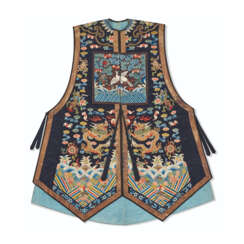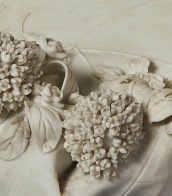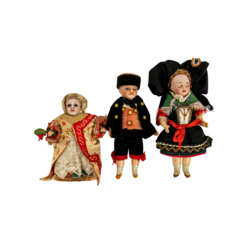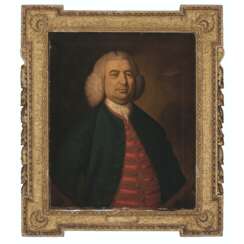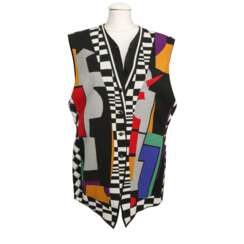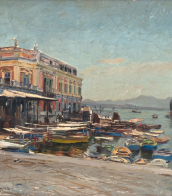waistcoat
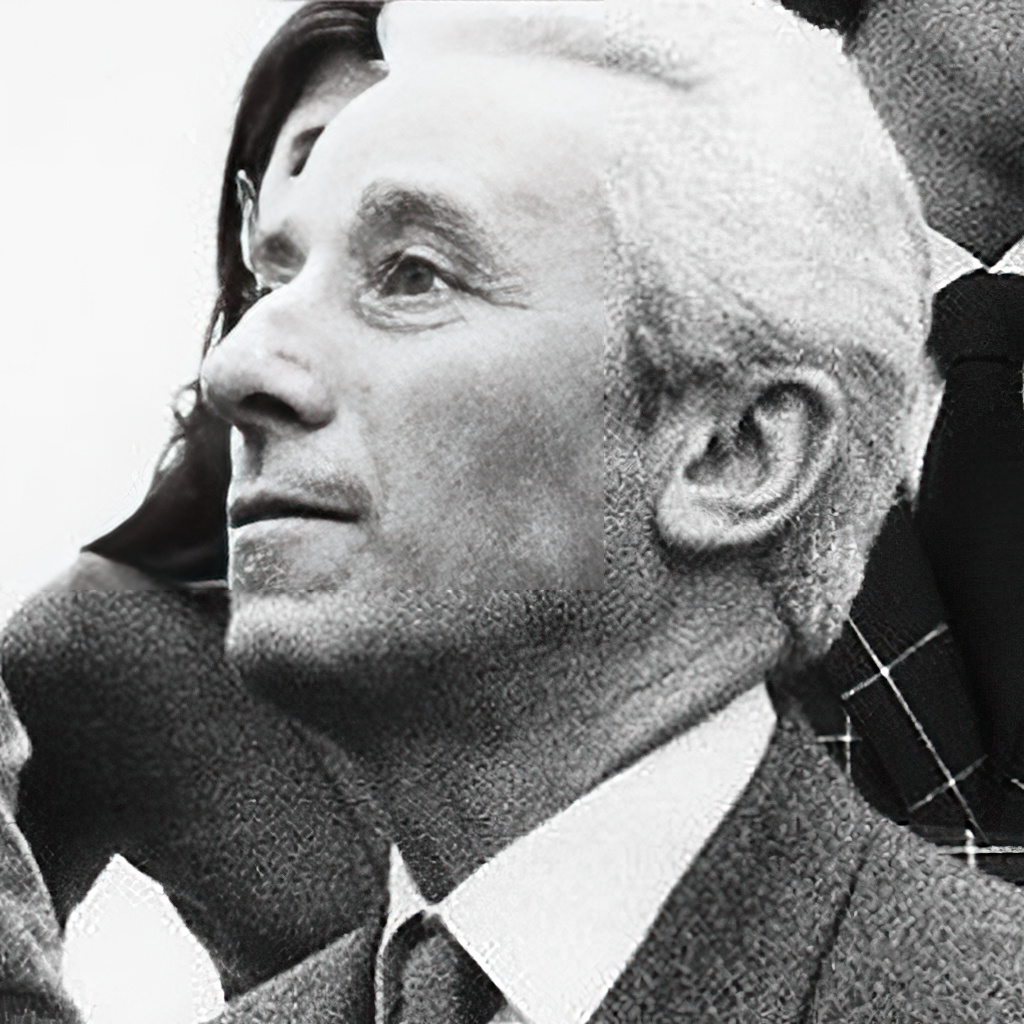
Bruno Munari was an Italian painter, sculptor, graphic artist, designer, theorist, and educator.
He was called the orchestra man: Munari drew, illustrated, sculpted, photographed, designed advertisements, furniture and toys, wrote books, taught, made movies. Pablo Picasso called him the "new Leonardo."
As an inventor, Munari laid the foundations for many new kinds of visual art. For example, it was he who invented the suspended structures-mobiles that respond to the slightest fluctuations in the air, "useless machines" that are designed to distract the viewer from the everyday hustle and bustle.


George Chinnery was a British painter best known for his work in India and China.
George studied at the Royal Academy schools, painting portraits and sketches, but in 1802, shortly after his marriage, trying to straighten out his family's financial situation, he traveled to India. In Calcutta, Chinnery became the leading artist of the British community in India. And in 1825 he went to China and lived in Macau for the rest of his life.
Chinnery painted portraits of Chinese and Western merchants, visiting sea captains and their families. Chinnery also painted landscapes (both in oil and watercolor) and made many vivid drawings of Macau residents of the time engaged in their daily activities. Among the heroes of his portraits are the Scottish opium merchants who patronized him. In addition to their artistic value, Chinnery's paintings also have historical value, as he was the only Western artist living in South China during the early to mid-19th century.
There are still many architectural sites in Macau recognizable from his sketches that have changed little since then. Today, Chinnery's paintings are in public and private collections around the world. The Macau Museum and the Macau Art Museum have a good selection of his work.


